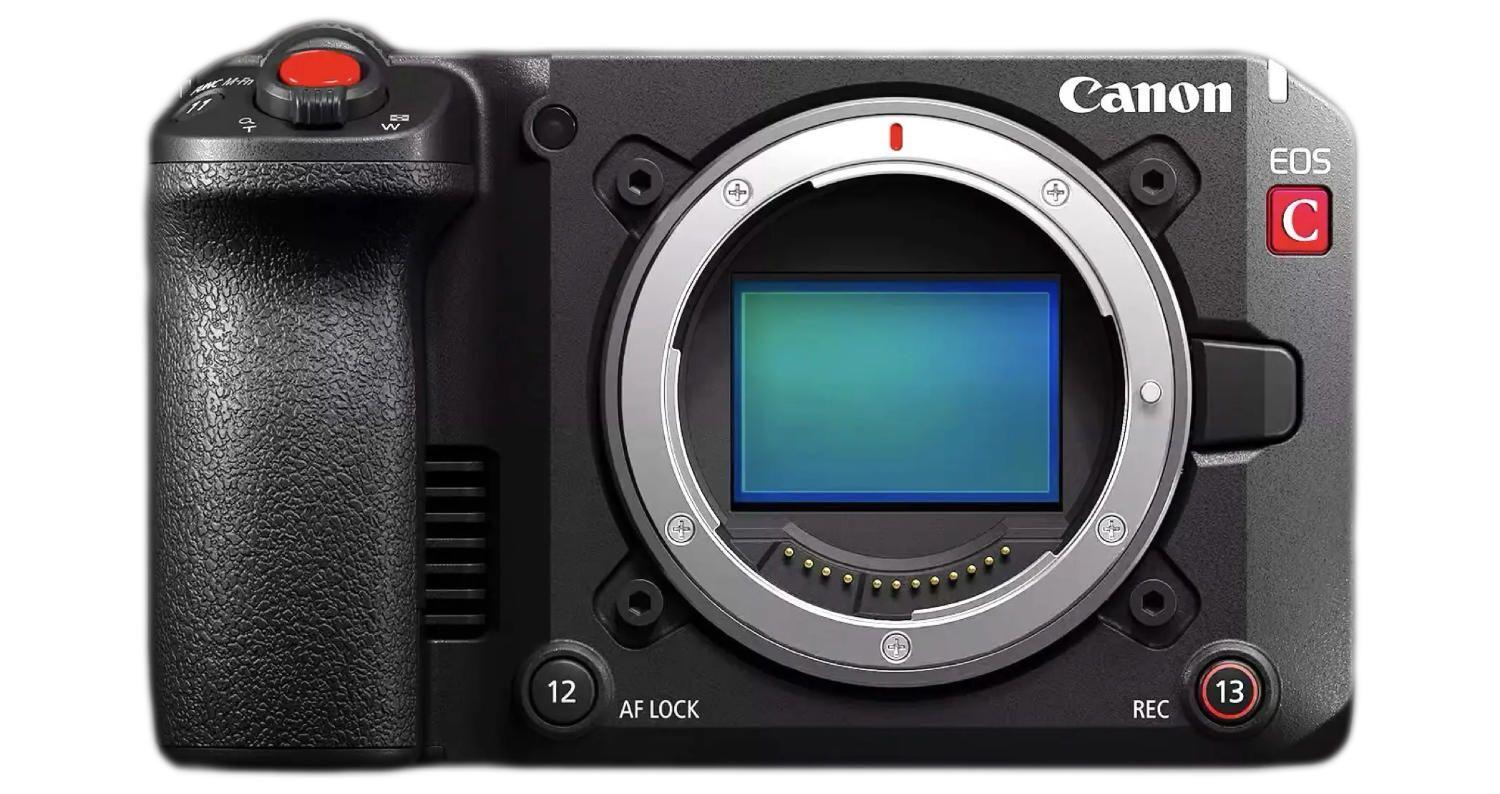Canon EOS C50: A Game-Changing Compact Cinema Camera for Modern Filmmakers

Revolutionary Compact Cinema Innovation
Canon U.S.A. has unveiled the EOS C50 cinema camera, their newest addition to the Cinema EOS system. This compact, full-frame cinema camera features a groundbreaking 7K full-frame CMOS sensor, 7K 60P internal RAW recording, and 32 megapixel still photo capture capabilities. Weighing just one and a half pounds, it stands as Canon’s smallest and lightest cinema camera ever.
Advanced Features and Capabilities
The Canon EOS C50 offers impressive specifications at a competitive price point of $3,899, with shipping scheduled for the end of Q4 2025. A standout feature is the innovative Simultaneous Crop Recording capability, allowing content creators to capture both horizontal and vertical/square videos simultaneously. Users can record a complete-angle image in 4K DCI or 4K UHD, alongside a 2K cropped vertical or square version in various aspect ratios, perfect for social media and advertising content.
Technical Excellence
At its core, the C50 boasts a 7K full-frame CMOS sensor paired with a DIGIC DV 7 image processor – the same processor used in higher-end models like the C70/C80/C500 MKII. This powerful combination enables internal recording of 7K footage at 60 frames per second in 12-bit Cinema RAW Light format, as well as 4K120P and 2K180P capabilities. The 4K recording modes utilize oversampling from the entire 7K image, ensuring no cropping and maintaining high-quality output.
Market Impact and Future Prospects
This release represents Canon’s vision for the future of cinematography: a portable camera delivering uncompromising cinematic performance for everyday creators. The C50 is particularly suited for indie filmmakers, documentarians, and creators looking to elevate their storytelling capabilities with a cinema-grade tool that fits easily in a backpack. Positioned as a direct competitor to the Sony FX3, this compact solution is tailored for creator workflows and hybrid shooters seeking agility without compromising on cinema-level performance. The industry’s response to this new relationship between filmmaker and tool will be crucial in determining its long-term impact.
